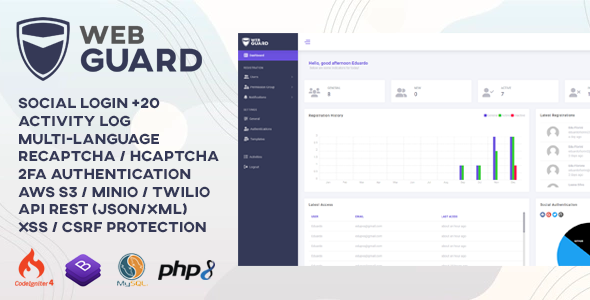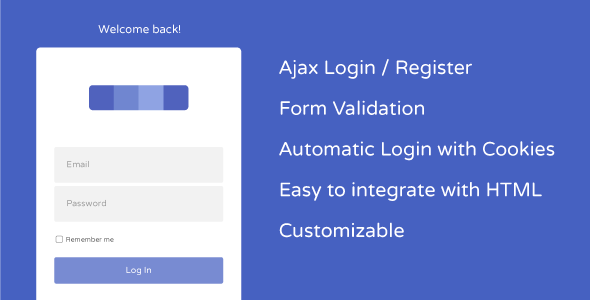by Marc Plotz
Sessions are a very complicated part of PHP, and it is no surprise that the smarter website attacks are carried out on sessions.
Most of these attacks involve one user impersonating another, or, more to the point, “hijacking” the other user’s session
data. As most experienced developers know, exploiting session data is an easy way into most low-to-medium security
level websites–after all, that is how most website login systems work.
Most of these attacks involve one user impersonating another, or, more to the point, “hijacking” the other user’s session
data. As most experienced developers know, exploiting session data is an easy way into most low-to-medium security
level websites–after all, that is how most website login systems work.
From a hacker’s point of view, there should only be a few ways to get in if you think about it carefully. However, they do–because most website developers do not really think about how they are setting things up. Ever used the session variable $_SESSION[‘user’]? Ever wanted to use that but haven’t gotten around to it? If you answered yes to one or more of the previous questions, this article is for you.
The most important part of an attempted security breach is obviously identifying the Session Identifier. This is the user part of $_SESSION[‘user’]. In general there are three common ways of identifying a session identifier:
• Prediction
• Capture
• Fixation
Prediction has to do with guessing the session identifier. Smart developers will use PHP’s native Session Mechanism to set the session identifier, as this is so totally random there is hardly a chance anyone could guess what it is. On the other hand,
my first guess would be $_SESSION[‘user’]. I bet I’d score at least one in six.
my first guess would be $_SESSION[‘user’]. I bet I’d score at least one in six.
The most common type of session attack is Capture, and there are many different approaches. Most websites or applications use either $_GET or cookies in order to store session information. There have been a few browser security breaches with regard
to cookies, but these have been mostly Internet Explorer, and cookies are slightly less exposed than GET variables, thus as a website or application developer you might want to ensure better security by building your session identifiers into cookies.
to cookies, but these have been mostly Internet Explorer, and cookies are slightly less exposed than GET variables, thus as a website or application developer you might want to ensure better security by building your session identifiers into cookies.
The simplest method of getting a valid session identifier is by using Fixation. It is not very difficult to defend against, but if you have built a website or applacation that has nothing more than session_start() as its session handler, you are in trouble. To demonstrate fixation we use the following script:

Figure One
When you go to the script with your browser, you should see a 1 on the screen. Every time you refresh the page this should increment accordingly. To demonstrate session fixation, first make sure that you delete your cookies and session variables, then go to this script with ?PHPSESSID=1234 in the url. Next, with a completely different browser, go to the url again with ?PHPSESSID=1234 appended. You will notice that you do not see 1 output on your first visit, but it continues the session you previously initiated.
Why is this a problem? Most session fixation attacks simply use a link or a protocol-level redirect to send a user to a remote site with a session identifier appended to the URL. The user likely won’t notice, since the site will behave exactly the same. Because the attacker chose the session identifier, it is already known, and this can be used to
launch impersonation attacks such as session hijacking.
launch impersonation attacks such as session hijacking.
A simplistic attack like this is usually easy to prevent. The best way is to regenerate the session identifier if one does not exist for a specific user, as shown in fig2 below.

Figure Two
The problem with such a simplistic defense is that an attacker can simply initialize a session for a particular session identifier, and then use that identifier to launch the attack. To protect against this, remember that a session attack means nothing
unless the user is logged in and has more priveleges than any other user. So, if we regenerate the session identifier only when there is a change in the user’s permission level–for example, after verifying a username and password, we will have practically eliminated the risk of a successful session fixation attack.
unless the user is logged in and has more priveleges than any other user. So, if we regenerate the session identifier only when there is a change in the user’s permission level–for example, after verifying a username and password, we will have practically eliminated the risk of a successful session fixation attack.








